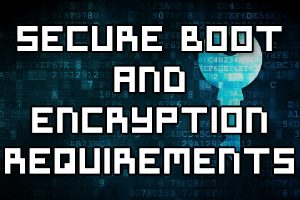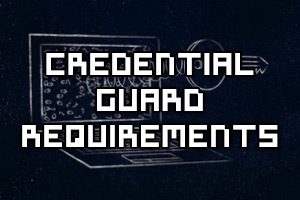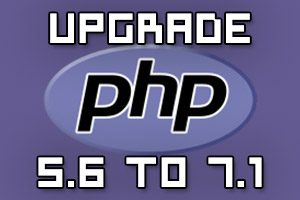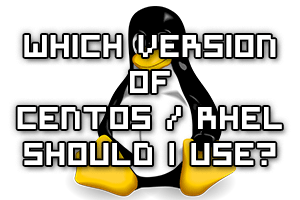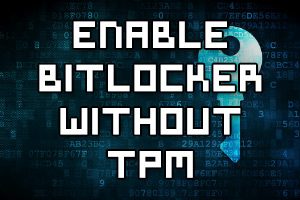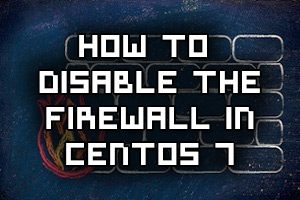
Default installations of the CentOS 7 Linux operating system have the firewalld firewall installed and enabled by default as a security measure, but how can we disable it?
In this quick guide we will show you how to disable both firewalld or iptables in CentOS 7 through the command line.
